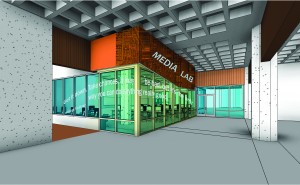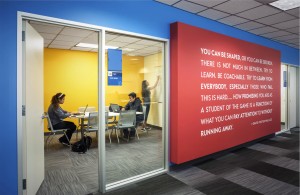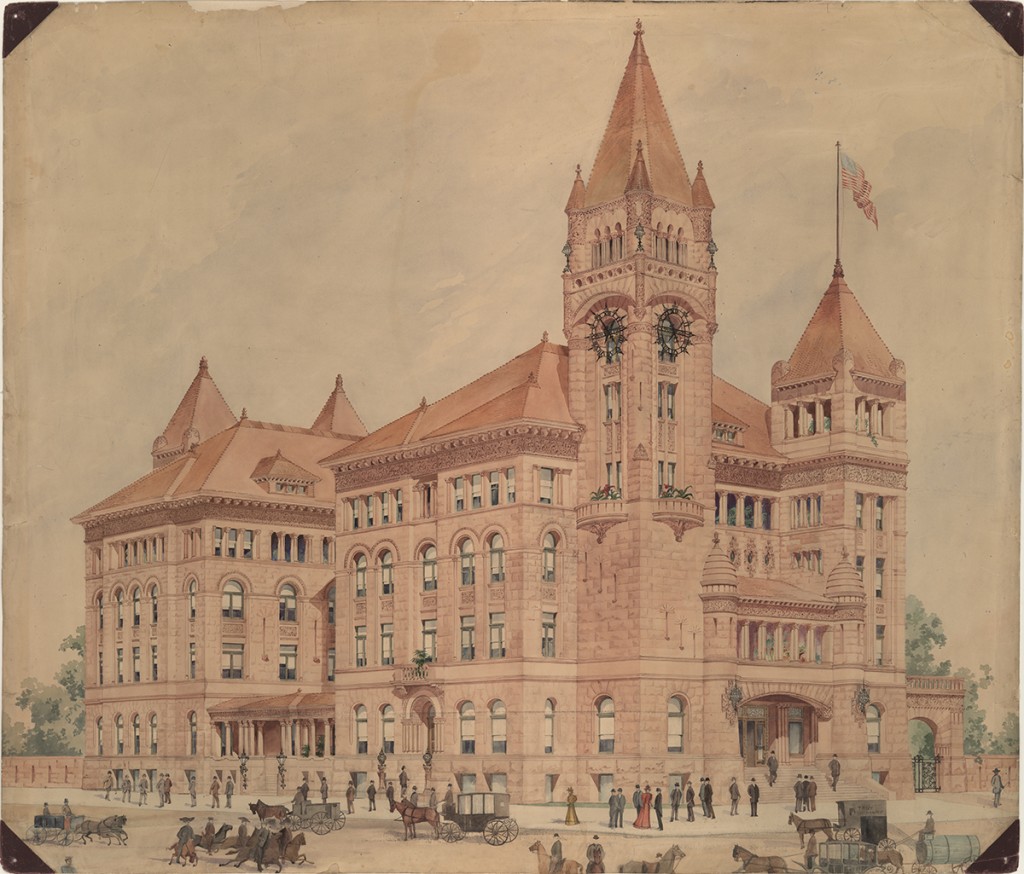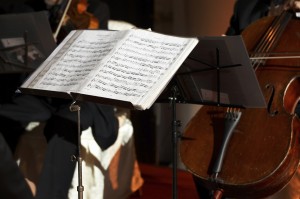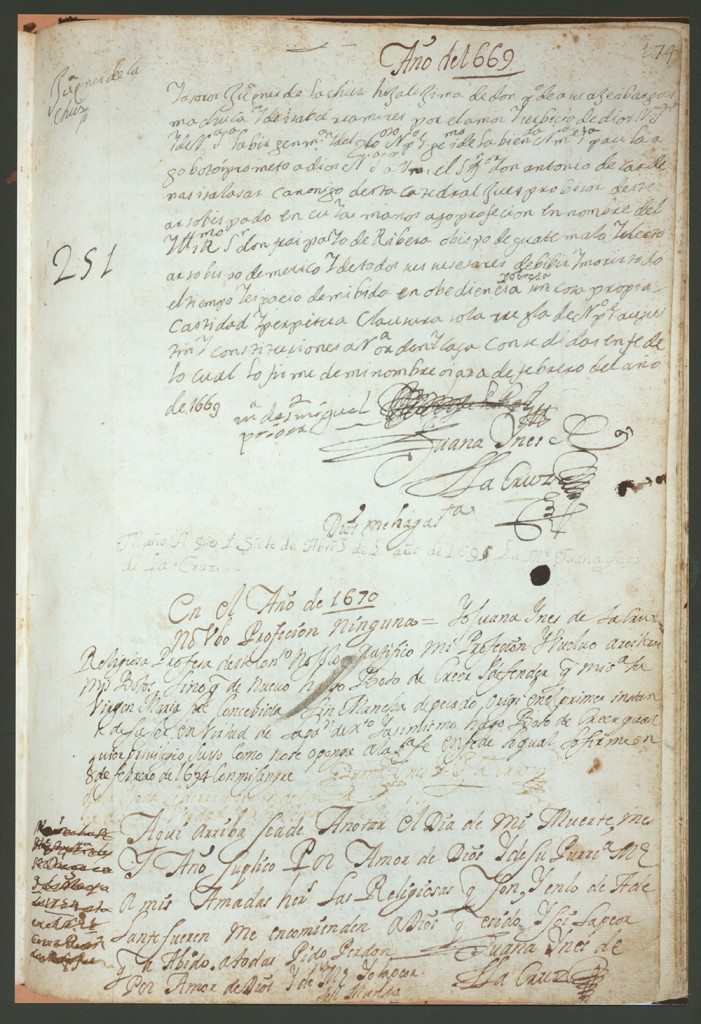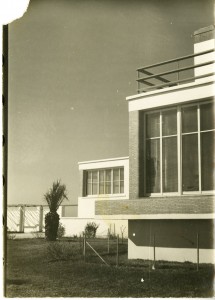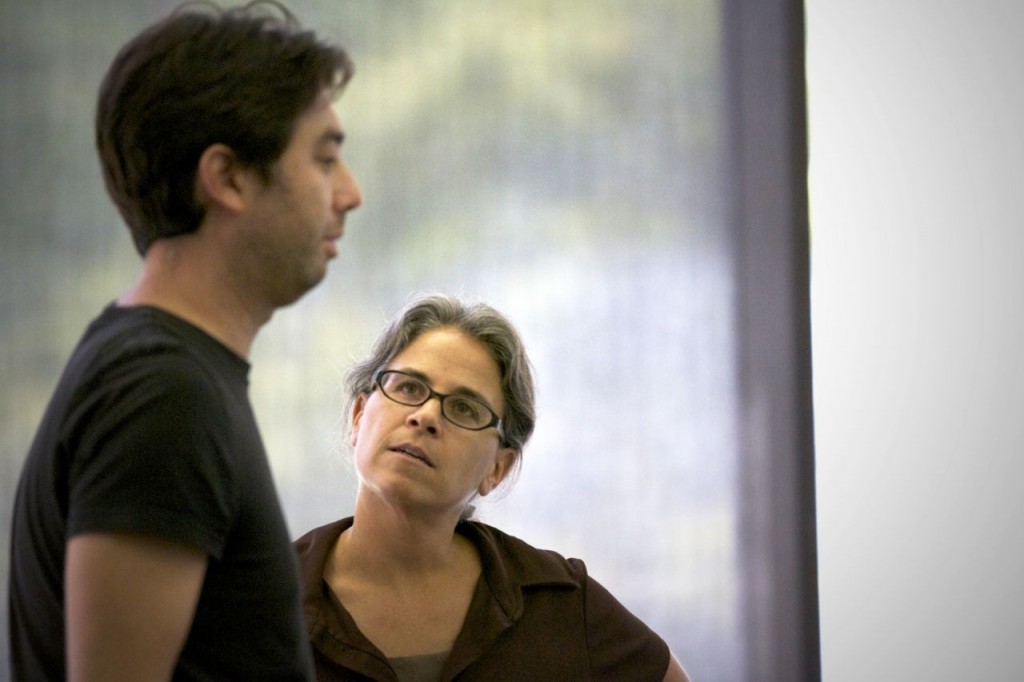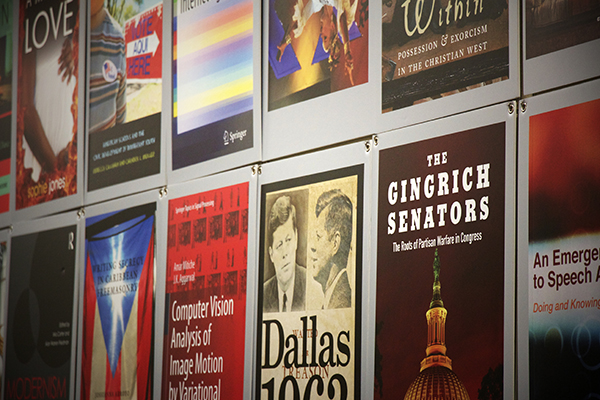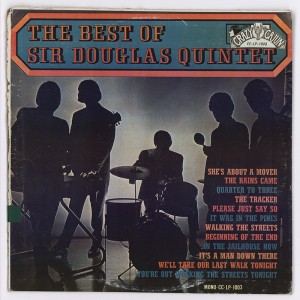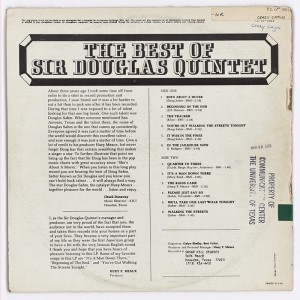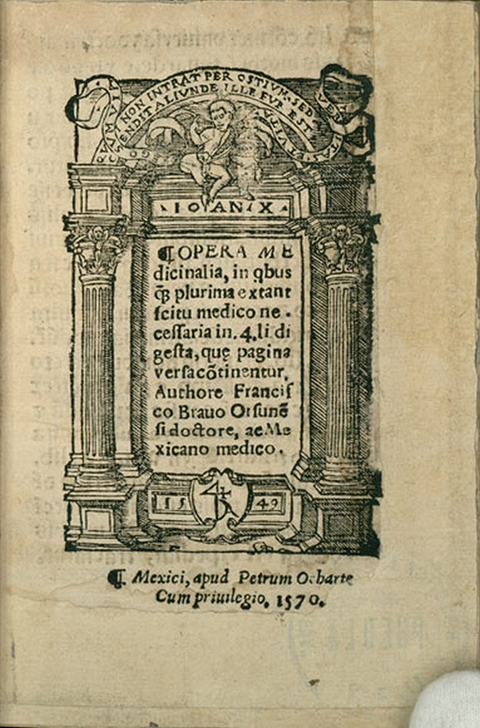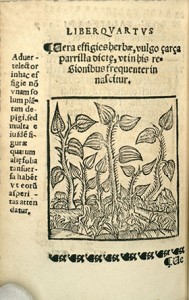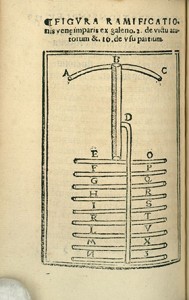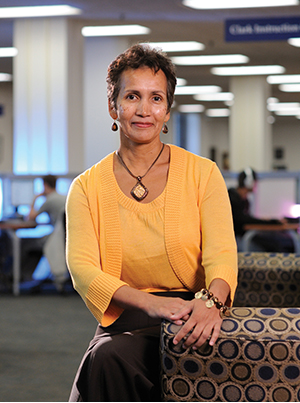
Born and raised in South Africa, Dr. Lorraine Haricombe joins the University of Texas Libraries as Vice Provost and Director from the Kansas University Libraries, where she served as Dean since 2006.
She previously held administrative positions in the libraries at Northern Illinois University and Peninsula Technikon in the Republic of South Africa, and holds doctoral and master’s degrees in library and information science from the University of Illinois in Urbana-Champaign. She also earned a teacher certification from the University of South Africa, an honors graduate degree in library and information science from the University of the Western Cape in South Africa and a bachelor’s degree in library and information science, psychology and sociology from the University of the Western Cape.
Haricombe holds memberships in the American Library Association, the Association of College and Research Libraries, the Library Administration and Management Association and the Association of American University Women. She is on the editorial board of Communicate, Journal of LIS (Nigeria), the editorial board of the Beta Phi Mu Monograph Series, the Service Quality Academy (LibQual+) selection committee and the 2006-07 ALA conference planning committee.
Highlights and Achievements
- Daughter of a librarian.
- Earned a master’s and a doctorate in Library and Information Science in only six years (1986-92).
- As a single parent, successfully reared two accomplished daughters in the USA (Heidi who is a surgeon, and Gretchen, a teacher).
- Inducted into the Women’s Hall of Fame, University of Kansas, April 2012.
- Association of Research Libraries, Leadership Career Development Program; mentoring junior librarians from underrepresented populations, 2007-present.
- Provost’s designate for implementing the Open Access policy at KU, 2010-present. KU was the first public university in the USA where faculty adopted an institutional policy on open access.
- Member, Executive Management Team, Research Libraries Consortium, South Africa 2011-2012.
- President, Greater Western Library Alliance (GWLA), 2011. GWLA is a consortium of more than 30 large academic and research libraries west of the Mississippi who share resources and expertise to facilitate meaningful collaboration in the western USA. KU is a founding member.
- Inaugural member, Global Council, Online Computer Library Center, 2009-2011. OCLC connects people to knowledge through library cooperation among 72,000 libraries in 170 countries.
- Member, Advisory Board, 2009-2012, and Chair, Steering Committee for the Scholarly Publications and Academic Resources Council, 2013-2015, Scholarly Publication and Academic Resources Coalition (SPARC). SPARC is an international alliance of academic and research libraries working to create a more open system of scholarly communication.

